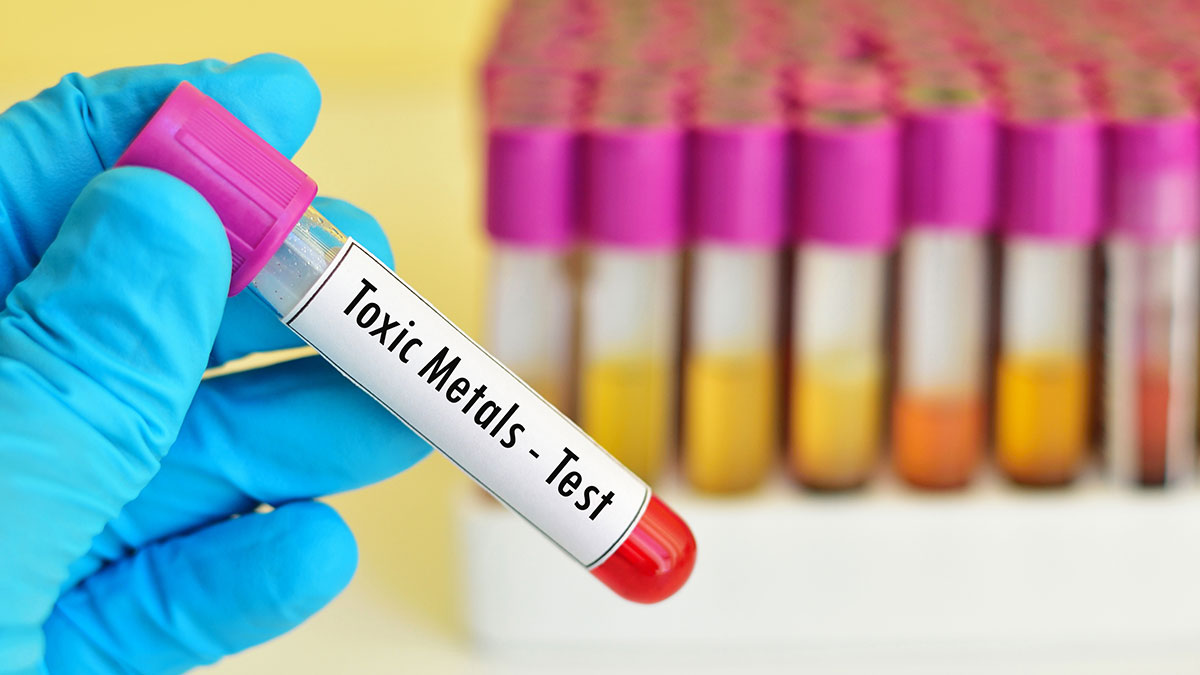Risks and Rules of Impurities in Drug Substance and Drug Product
Impurities in drug substances and drug products provide no therapeutic benefit. Heavy metals – arsenic, cadmium, mercury, and lead, for example – are not generally useful in pharmaceutical production… but are still present as impurities. Controlling these substances is not only imperative to the health of patients, but also to the integrity of drug manufacturers.
Impurities in Drug Substance
Impurities in drug substances might arise from the following routes:
- Organic impurities are characterized as the pure result of the manufacturing process and from any starting materials, byproducts, intermediates, degradation products, reagents, ligands, and catalysts.
- Inorganic impurities also result from the presence of reagents, ligands, and catalysts, but can also come from inorganic salts, heavy metals, and other materials like charcoals.
- Residual solvent-related impurities are covered under guidance from the International Council for Harmonisation (ICH). These are organic volatile chemicals used for making drug substances and preparing drug products and cannot be completely removed by practical manufacturing. Since they may cause harm, ICH Q3C states that residual solvents must be removed to the furthest extent possible.
Classes and Guidelines for Elemental Impurities
Elemental impurities are most likely to enter a drug product due to excipients which accounts for approximately 90% of a drug product. ICH Q3D puts these elemental impurities in four different classes:
- Class 1: Arsenic, cadmium, mercury, and lead.
- Class 2: Route-dependent human toxicants.
- Class 3: Elements with low toxicities and high permitted daily exposure (PDE) requirements when administered orally but impose risk during inhalation and parenteral routes.
- Other elements: Some elements do not have established PDEs, such as aluminum, calcium, and potassium.
ICH Q3D provides guidelines for controlling elemental impurities. Some of those rules include:
- Identifying potential sources of elemental impurities and being able to evaluate the level of each impurity.
- Complying with Good Manufacturing Practice (GMP) processes and proper equipment selection and qualification to reduce elemental impurity risk.
- Consulting ICH Q3D to determine if certain elements should be included in a risk assessment.
- Evaluating collected toxicity data for potential elemental impurities.
Conclusion
By putting the right controls in place, laboratories can better comply with GMP requirements and strengthen their own regulatory compliance measures. Working with an experienced partner that can provide services, such as instrument qualification and resources related to quality assurance, is another way to prioritize and promote patient health.
For more information on identifying impurities in drug substances and drug products, read our whitepaper.

